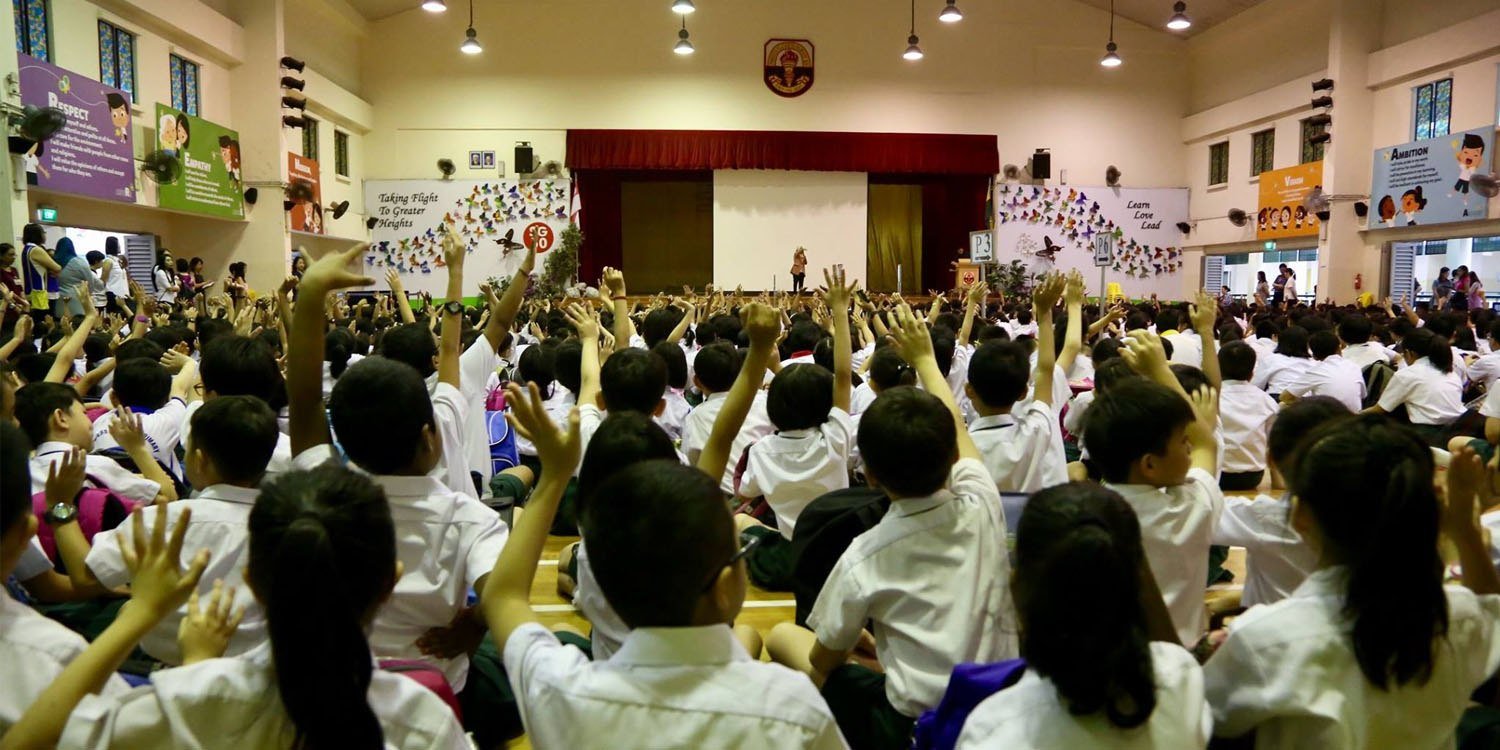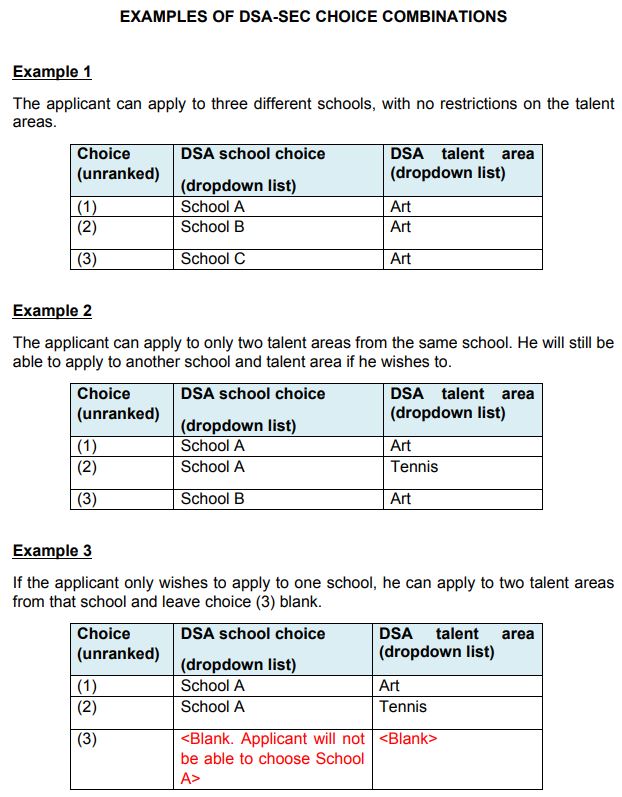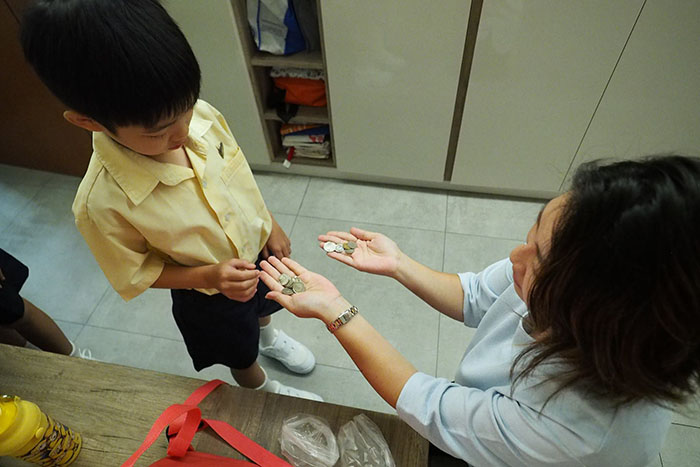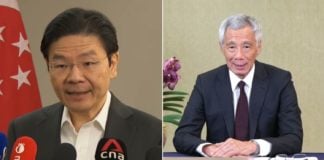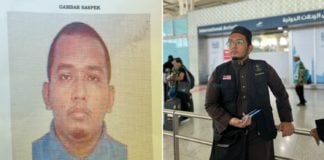MOE Increases Access To Opportunities For Students In 2019
2018 has seen the Ministry of Education (MOE) announce several landmark changes that will affect many Singaporean students.
They will be implemented at different points of the next few years, but what’s clear from all of them is MOE’s effort to reduce emphasis on grades.
What will these changes mean to Singaporean students?
We look at each of them in brief and consider how they might affect students once they’re officially in place.
1. DSA portal makes talent-based applications more accessible
Since 2004, Direct-School Admission for Secondary Schools (DSA-Sec) has been allowing students to apply to secondary schools based on their talents.
It has been especially helpful for students with outstanding talents who may not have fared well for their Primary School Leaving Examination (PSLE).
From 2019, students can apply via a centralised DSA-Sec portal which will ease the application process.
How it helps:
- Applicants only fill up one online form to apply to multiple schools
- Achievements are automatically shared to schools without additional documents
- Service is free-of-charge, so students from all backgrounds can apply
Applications are more flexible in that students can apply to the same school for a maximum of two different talent areas. The possible types of combinations are demonstrated in the table below.
Students can access the portal using a parent’s SingPass login. Parents without access to SingPass may seek assistance from their child’s primary school.
2. Poly grads can enter university based on GPA only
The computation of University Admissions Score (UAS) currently includes 80% polytechnic Grade Point Average (GPA) and 20% O-Level results.
UAS ranks polytechnic graduates’ abilities for admission to universities.
From 2020, O-Level results will no longer account for the UAS, so polytechnic graduates can enter university based on their poly GPA alone.
Students without O-Level qualification and late-bloomers who discover their passion only after joining poly will benefit most as only their poly results are taken into consideration.
3. Fewer exams to enhance students’ learning experience
Most of us are familiar with the intense rigour of exam-based assessment in school.
Students spend a lot of time preparing for exams because of the consensus that good grades will get them into the best schools and take them far in life.
But the heavy emphasis on grades has made learning stressful and left little room for non-academic development.
Starting 2019, MOE will gradually remove certain exams to free up time for students’ holistic development and instill a passion for learning. The process will happen like this:
2019
- Removal of weighted assessments for P1 & 2
- Removal of Mid-Year Exams for Sec 1
- Result slips will no longer show class and level positions
- No class segregation (mixed ability classes)
- Edusave awards for P1-3 will be based on good learning attitudes
2020
- Removal of Mid-Year Exams for P3 & 5 and Sec 3
4. More students can enter polytechnics
The Polytechnic Foundation Programme (PFP) has helped top performing Normal Academic (N(A)) students go straight to poly instead of staying on for Sec 5.
PFP students have performed well with 35% scoring a 3.5 GPA and above, compared to 25% of their peers who took the traditional route.
To build on this progress, MOE will allow the top 15% instead of the current top 10% of the Sec 4 N(A) cohort to enter PFP.
The cap for ELMB3 (English, Maths & Best 3 subjects) aggregate score has also been increased from 11 to 12.
It is estimated that at least 300 more students will benefit from these changes and gain earlier access to polytechnics.
5. More financial support for students
Educational opportunities like overseas learning trips or enrichment material and programmes often cost more money that not all students can afford.
To ensure that these students have access to the same opportunities as their peers, MOE has adjusted the qualification criteria for the Financial Assistance Scheme (FAS).
As of 1 Apr 2018, students from households with gross monthly income (GHI) of S$2,750 and below instead of S$2,500 can qualify for FAS.
The cap for monthly per capita income which benefits larger families has also been raised from S$625 to S$900. MOE predicted that about 6,000 more students will benefit from the increase in MOE FAS income criteria.
Similarly for the Edusave Merit Bursary, students from households with GHI of S$6,900 instead of the usual S$6,000 and below can qualify.
And MOE will be increasing its Edusave contribution rate from Jan 2019 as follows:
- Primary: S$200 to S$230 (15% increase)
- Secondary: S$240 to S$290 (20% increase)
All these changes are expected to cost MOE a total of S$100 million/year and will help over 90,000 students.
More accessible opportunities
Amidst the flurry of exciting changes, it’s clear that MOE is trying to make it easier for more students to gain access to educational opportunities.
There’s a conscious effort to allow students to explore success in areas outside of pure academics, which is more inclusive.
Let’s hope that these efforts will pay off and Singapore’s education system will produce well-rounded students who excel in all aspects of their lives.
Featured image from Facebook.
